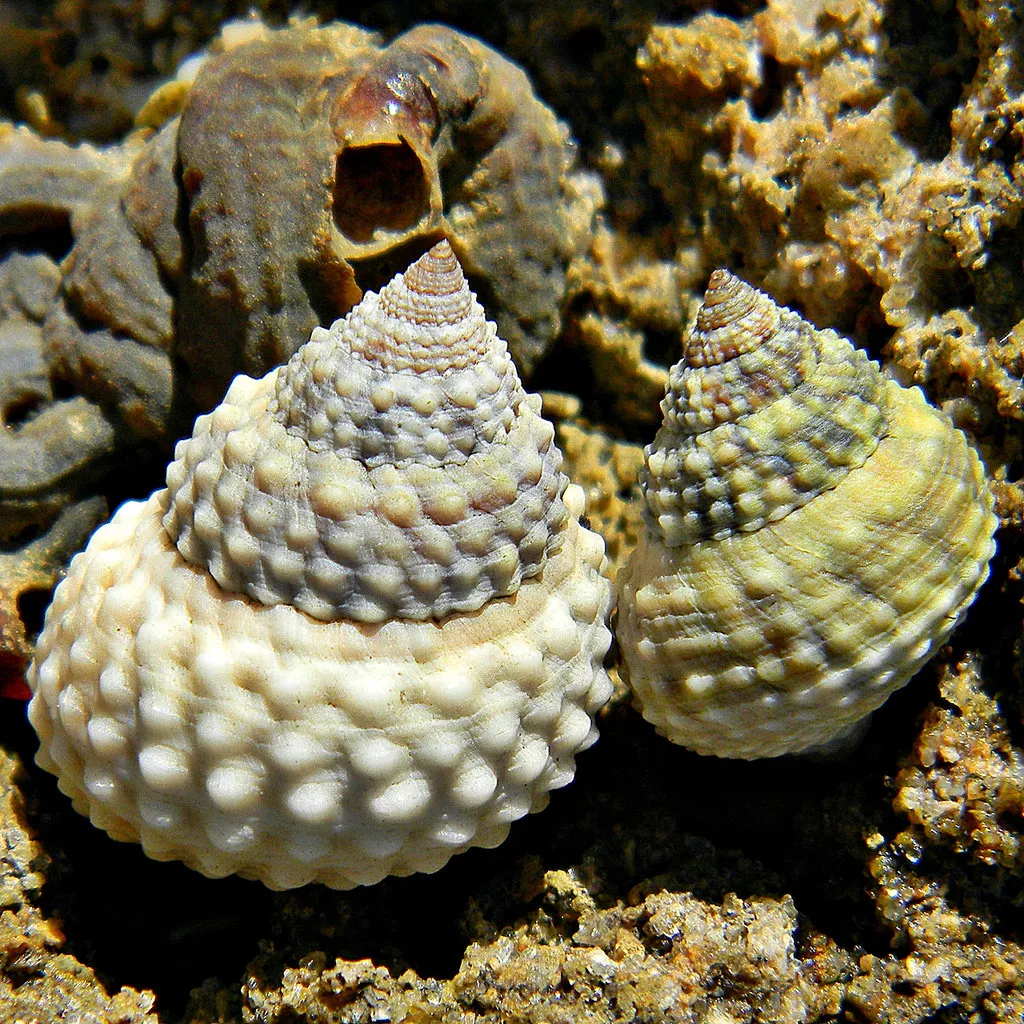In the heart of Gujarat, India, a team of researchers has uncovered a promising source of antioxidants, not from a lab, but from within the humble periwinkle plant. This discovery, published in the International Journal of Bio-Resource and Stress Management, could potentially revolutionize the agriculture sector and the antioxidant market.
The study, led by B. P. Chauhan from the Department of Plant Molecular Biology and Biotechnology at C.P. College of Agriculture, S.D. Agricultural University, set out to isolate and characterize endophytic bacteria from the periwinkle plant (Catharanthus roseus). Endophytic bacteria are those that live within plant tissues, often forming beneficial relationships with their hosts.
The researchers found that out of 24 bacterial cultures derived from various parts of the periwinkle plant, two isolates, R1 and R2, showed exceptionally high total antioxidant capacity (TAC). “The isolate R1 showed the highest TAC of 615.46 µg AAE mg-1 extract, followed by the isolate R2 with 308.59 µg AAE mg-1 extract,” Chauhan explained. This is a significant finding, as these values are comparable to, or even exceed, those of many commercially available antioxidants.
The team also found a strong correlation between the antioxidant capacity and the total phenolics content (TPC) of the bacterial isolates, suggesting that phenolic compounds are largely responsible for the antioxidant properties. This could open up new avenues for the production of natural antioxidants, as phenolic compounds are known for their health benefits and are in high demand in the food, cosmetic, and pharmaceutical industries.
The researchers further characterized the 15 isolates with the highest TAC using morphological and molecular techniques. They found that all isolates were rod-shaped and monobacillus, with nine being Gram-positive and six Gram-negative. Using 16S rDNA amplification and ARDRA (Amplified Ribosomal DNA Restriction Analysis) profiling, the team grouped the bacteria into two clusters, with cluster A containing eleven isolates and cluster B containing four.
The implications of this research are far-reaching. The isolates R1 and R2, with their high antioxidant capacity, could potentially be exploited for the commercial production of antioxidants. This could not only boost the agriculture sector by creating new markets for periwinkle plants but also provide a sustainable and natural source of antioxidants, reducing the reliance on synthetic antioxidants.
Moreover, the use of endophytic bacteria as a source of antioxidants is a novel approach that could inspire further research in this field. As Chauhan puts it, “This study opens up new possibilities for the exploration of endophytic bacteria as a source of bioactive compounds.”
The research also highlights the importance of understanding the microbial diversity within plants. As we continue to face challenges such as climate change and food security, harnessing the power of these microscopic allies could be a key strategy in developing sustainable and resilient agricultural systems.
In the words of Chauhan, “The future of agriculture lies in our ability to understand and utilize the complex interactions between plants and their associated microbes.” This research is a significant step in that direction, and it will be exciting to see how it shapes the future of the field.

